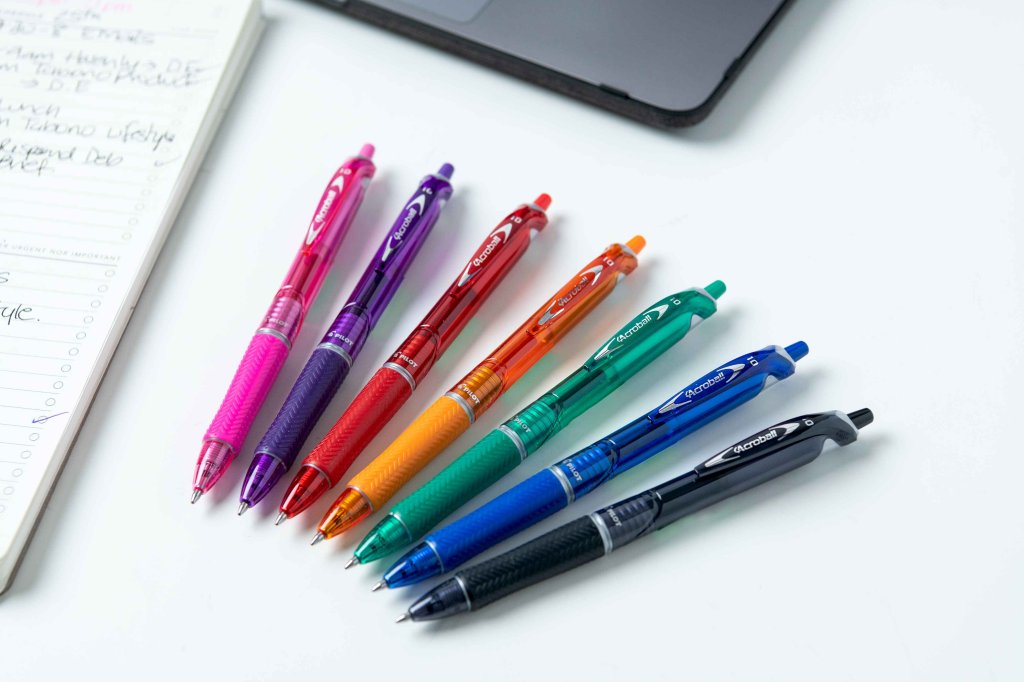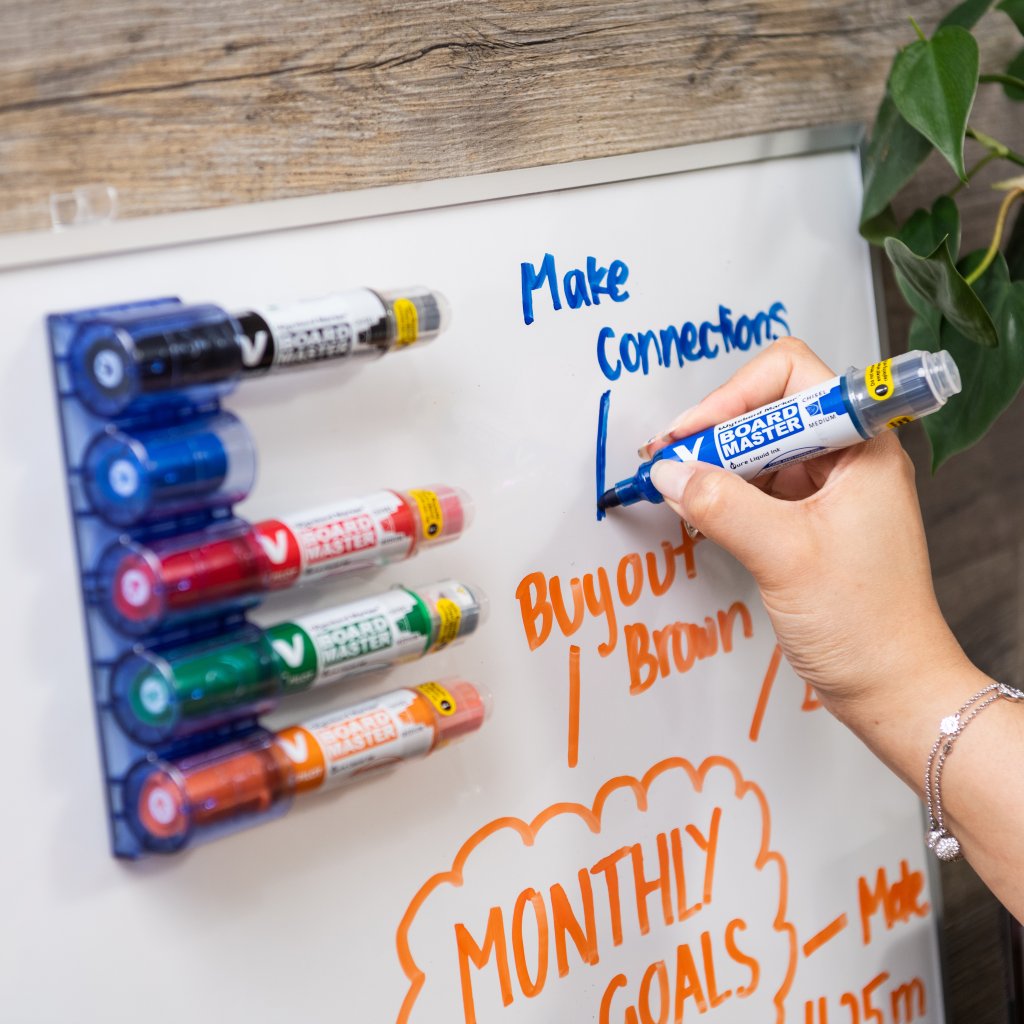In this article, we’ll explore the evidence, share practical tips, and show you how to start your own gratitude journal to unlock its transformative benefits.
What is Gratitude Journalling?
Gratitude journaling is an act of self-care that involves writing down what you’re grateful for every day. It’s easy to add to even the busiest schedules and a core part of a balanced mental health care routine.
During this time, sit down and think about the things in your life that you’re grateful for. Write down three to five of these things - perhaps more, it’s up to you. These could range from the dead simple - having a hot shower ready each morning - to the more groundbreaking, such as having found a partner that completes you.
But why should you consider this practice in the first place?
Why Gratitude Matters - The Benefits of Journaling
You may have heard people tout that gratitude journaling is good for your health - in some way or another. However, this is not just another trend. There’s plenty of scientific evidence resulting from a number of studies that show real, tangible results.
For example, a key study has proven that gratitude journaling can positively impact stress levels, perceived support levels, and overall well-being.
Beyond the studies, many people report feeling better as a result of this practice. It slowly shifts your mindset from negative to positive, and having a positive outlook on life will always lead to increased happiness.

Handwriting vs. Typing Your Gratitude Journal
While typing allows a rapid externalisation of thoughts, this speed can hinder deeper reflection as thoughts are simply transferred from mind to document without much processing.
Handwriting, being slower, sometimes requires more deliberate word choice, encouraging deeper contemplation of thoughts. This deeper processing aligns better with the core purpose of journaling for many – not simply recording thoughts, but actively engaging with and understanding them.
According to a study by Van der Weel and Van der Meer (2024), writing by hand boosts brain connectivity, which can actually help fight the effects of brain aging.
So, apart from the emotional benefits inherent to the gratitude journal, you’ll also be in line for physical benefits as well - provided that you write your gratitude journal by hand every day.
Tips for Starting Your Gratitude Journal
Beginning a gratitude journal may seem straightforward—just sit down and jot down five things you appreciate, then move on with your day, right?
However, just from reading that, you can tell this isn’t a task to hurry through before heading to work. It's genuinely a transformative practice that requires thoughtful time and focus. Here are some strategies to help you not only initiate your gratitude journal but also maintain the practice effectively.
Find a Consistent Time for Your Practice
When forming new habits, we’re more likely to follow through on them when we enforce them at the same time every single day. So take a look at your average schedule throughout the week and decide which time is ideal.
This can be more complicated than it sounds. For example, do you like to get up early for work but sleep in on the weekends? Maybe an evening slot would serve you better - even though starting your day in gratitude is recommended.
This is because if you cultivate a positive mindset first thing in the morning, that mindset may carry over to other activities throughout your day. But there are more ways to enforce this habit in your day.
You could journal straight after your first coffee or tea or even after breakfast every day, linking it to an activity instead of a time slot. Of course, if you often skip breakfast, you may want to use lunch instead. The point is to utilise “Habit Stacking” - a phrase popularised by James Clear in his book, Atomic Habits.
Whatever activity you choose, make sure it’s something you do every day - preferably on the weekends. Hence, we wouldn’t recommend adding this to your daily commute if you only work five days a week.

Start Small
Instead of committing to a big target on your first day, try starting with just a few minutes, or half a page instead of going for three from day one. This way, it will feel more enjoyable, and you’re less likely to lose sight of your gratitude journal. Remember, our brains tend to resist challenging tasks, so keeping this exercise simple and approachable will help minimise any excuses that pop up about why journaling can wait until tomorrow.
With a small 5-15 minute time slot scheduled, we’ll feel less resistant to start and gradually form the habit. If you find you need more time later, feel free to add more - but don’t start big, or you’ll make it harder to form the habit.
How to Stay Mindful While Journaling
For many, being mindful can actually be rather challenging. Our minds are constantly bombarded with thoughts about work, family, relationships, and countless other responsibilities. It's easy to get distracted and lose focus.
Instead of rushing your journaling while worrying about the day ahead, try this: take five deep, slow breaths and gently guide your attention to the sensation of every inhale and exhale. Allow yourself a few moments to simply be present.
After this short breathing exercise, pick up your pen and focus on the things that you’re grateful for. Gently let go of other thoughts that may arise, and allow yourself this moment of peace. Try to visualise these things in your mind as you write, and relive these experiences. Most importantly, allow yourself to smile as you do.
Feeling true gratitude is key to this exercise's success.
Keeping Your Journal Close is a Great Idea
One final tip we have for you is to not store your journal away in a cupboard or drawer when you’re not using it. This could easily lead to potentially forgetting about it. Rather find a spot where you’ll notice it when you wake up, when you take your lunch break, or when you sit down for breakfast.
If you absolutely must store the journal, consider setting a reminder on your phone to help you remember this vital practice every day.
Cultivate A Positive Outlook with the Gratitude Journal
You're now ready to begin your gratitude journaling journey. It's a wonderful practice that can cultivate a more positive outlook over time. However, it's important to remember that it's not a magical solution to life's challenges.
We all experience difficult times. Gratitude journaling won't eliminate those tough days, but it can provide a valuable tool for navigating them. While negative emotions may not disappear immediately, you may find yourself naturally drawn to focus more on the positive aspects of your life.
Now is a wonderful time to begin exploring gratitude journaling. This practice can offer a gentle pathway toward cultivating a more positive and mindful perspective. Even a few minutes each day can help make a difference.
If you're feeling drawn to this practice, find a quiet moment that feels peaceful to you. Pick up your pen and begin this journey of self-discovery. Remember to be kind to yourself throughout the process.
Disclaimer: This article does not serve as professional mental health advice. If you’re feeling overwhelmed or not quite yourself, support is available. Reach out to Lifeline Australia on 13 11 14 any time, or visit Beyond Blue for helpful resources. You’re never alone—help is always here when you need it.
About Author
Sophia Le
Resident Fountain Pen Fanatic at Pilot Pen Australia.
Capless Collector. Staffy Lover. Casual Gamer and Maker.
Currently a Stardrop Seeker in Stardew Valley after vacationing in Baldur’s Gate and Hyrule.






